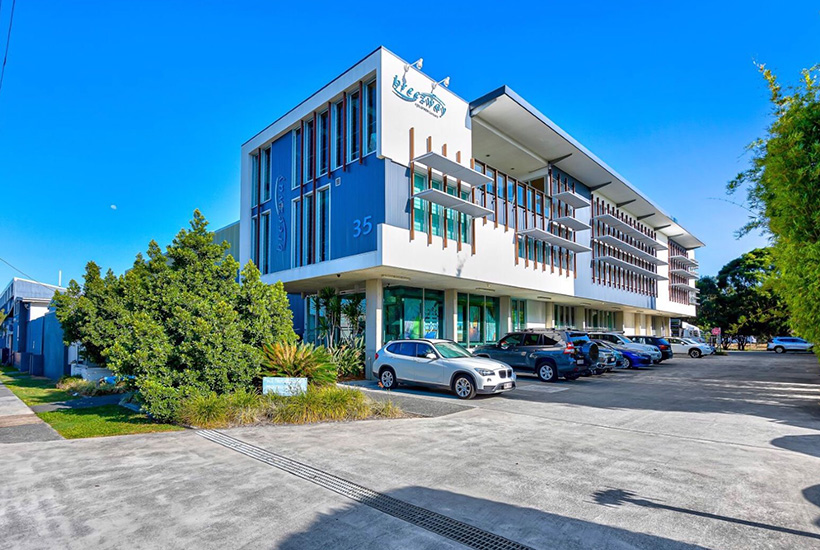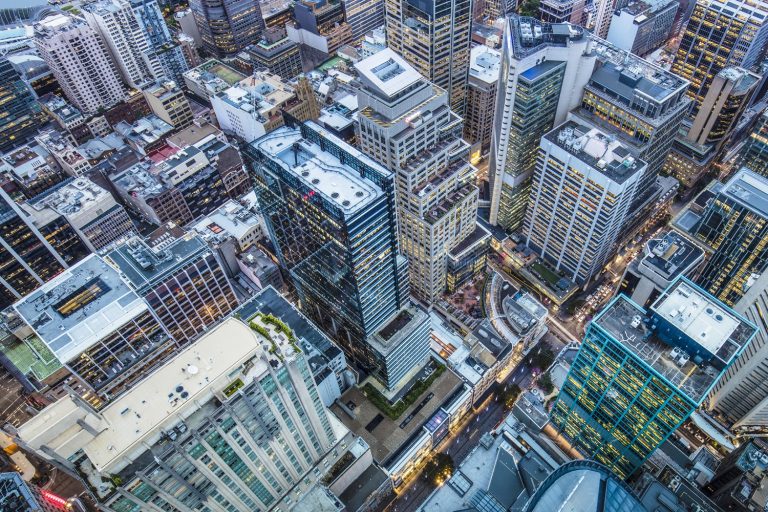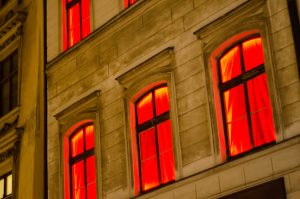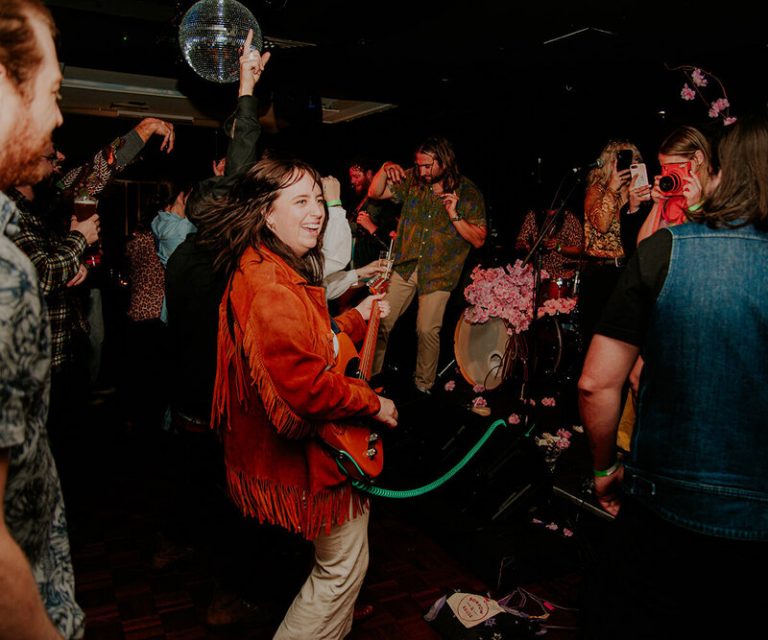Commercial property: The COVID-19 fallout so far

It has been an interesting process looking back to mid-March when the COVID-19 lockdowns began, to see what I expected the impact would be on each commercial property sector.
Most of them I got reasonably correct – industrial has had limited fallout, retail was hit hard and commercial farming kept going. The one sector I didn’t expect to be so badly impacted was offices. As we have all become used to working from home, the eventual fallout is still unknown.
As we now start to head back to work, shops reopen and Australia is looking more ‘COVID-19 resistant’ than most other countries, what is the outlook for each of the major commercial property sectors?
Offices: Can social distancing save the day?
I don’t particularly like working from home, but in our Sydney office the lifts are problematic. With social distancing, we are currently limited to two people per lift. At peak times it took a long time to enter or exit the building, with more than 10 times that many people needing to use the lift. Add to that continued concerns about public transport use and working in close proximity to others, and it is going to take a while for many of us to be back in the office.
As to how much space companies will shed once they return, it is a complete unknown at this stage. While there has been some speculation that social distancing will mean companies need more space, I consider it unlikely. A more likely scenario will be a reduction in space, fewer people coming into work every day and for some, a permanent move out of the office. The office sector will not disappear and eventually it will recover but it will be painful for many landlords and the development pipeline will dramatically slow.
Retail: Power still in tenants’ hands but recovery better than expected
It has been surprising how quickly we have all headed back to shopping centres and it is likely that low levels of infections have helped with this. Retail trade has picked up dramatically, increasing 16.3% in May – the biggest monthly rise since the series was started by the ABS 38 years ago. Admittedly this was after very big falls in March and April. The shift to online continues, however it is good news for owners of retail property.
While we are starting to spend again, there is still fallout. Being stuck at home has accelerated online shopping. Tenants now have greater power than previously and this will impact rental levels. We are shopping more for some things (such as groceries and electronics) but others, such as apparel sales, are down. Luxury retailing, which was previously doing particularly well, is struggling.
Neighbourhood shopping centres continue to show solid leasing demand while large regional centres are likely finding the focus on discretionary retailing more challenging.

Retail trade has increased dramatically in recent weeks.
Industrial: Remains the favourite
Industrial property was the favourite before COVID-19 lockdowns and if anything, the fallout we are seeing benefits this sector even more.
A gradual shift to online shopping was accelerated over the past three months, and this requires more warehousing. Compared to retail and office, this has led to far more stable leasing and buyer demand on realcommercial.com.au and overseas property seekers are now looking at industrial listings more than offices.
There is much to be positive about in industrial property.
Development sites: Tough but some positive signs
Development site sales were challenged prior to COVID-19 lockdowns and big problems in rental markets have not been great for investor confidence. Given that most owners of apartments in Australia are investors, this is problematic. With rents dropping and limited capital growth, it will take some time to get those investors back.
While it is easy to be negative, there are two areas that have been showing some more positive signs of late. The first is ‘build to rent’, which continues to gain momentum amongst developers. Now is likely a good time to start a project. While rents are now dropping, at some stage very low levels of ‘mum and dad’ investor activity will lead to a rental housing shortage. This could happen sooner rather than later and may occur at a time that many ‘build to rent’ projects are completed.
The second is that there is enormous investment in social housing across most states. This frequently happens during an economic downturn and will create demand for thousands of houses and apartments across Australia.
And finally, we are slowly starting to see some more positive signs with overseas search. While Chinese search remains particularly low Singapore has seen a boost, perhaps driven by talk of an Australia-Singapore travel bubble. Australia’s ability to remain relatively COVID-19 free compared to the rest of the world will also help our economy recover far more quickly and this will be seen as a positive for many offshore buyers.

Agribusiness is performing strongly on the commercial property market.
Commercial farming: Accelerated interest since mid-March
Commercial farming was a hot sector prior to COVID-19 lockdowns and this has accelerated throughout the past three months.
Surprisingly, even in drought-affected areas values have been largely maintained and buyer demand strong, likely driven by buyers now seeing value beyond climate cycles.
Hotels/leisure/tourism: Regional Australia a major beneficiary
Australians love overseas travel and we actually spent more overseas ($58.3 billion) than overseas tourists spent in Australia ($44.6 billion) in 2019. Overseas tourists are gone for now, so there goes at least part of the $44.6 billion, depending on how long it takes to get them back.
More positively, if we are all restricted to holidaying at home, then that means that $58.3 billion will stay in Australia and a fair proportion of it will be spent on domestic travel. It may mean that although we are currently restricted from travelling at all, once we are, we may get close to the $80.7 billion we spent on domestic overnight travel last year, or perhaps even exceed it.
It is perhaps this situation that has led to hotels/leisure/tourism property remaining relatively resilient throughout COVID-19. Hotels in regional Australia in particular are seeing high levels of views on realcommercial.com.au, with many hotel properties frequently coming in as the most viewed in recent months.
Medical: All positive except for aged care
Medical properties aren’t seeing particularly high levels of search at the moment but many medical-related property types are likely to see greater levels of interest over the next few years – particularly medical centres and hospitals.
The most challenged, however, will be aged care homes. This sector is likely to see significant change following the completion of the Aged Care Royal Commission, and is also being impacted by the high rates of COVID-19 in many homes around Australia.
Nerida Conisbee is the Chief Economist at REA Group.







